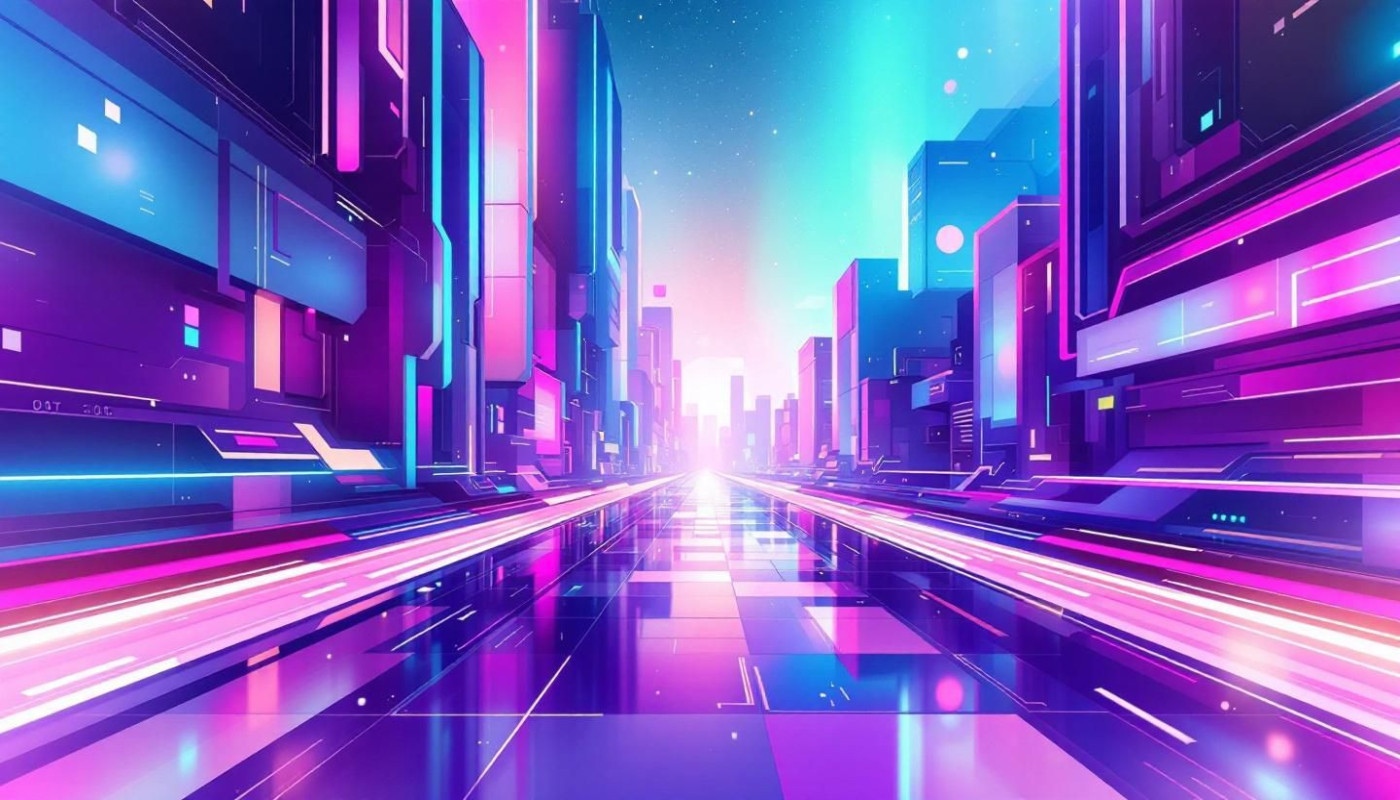Table of contents
The world of digital art is evolving at an unprecedented pace, propelled by the remarkable capabilities of artificial intelligence. This transformation is not only reshaping creative techniques but also redefining the boundaries of human imagination. Explore how advanced technologies are opening new avenues for artistic expression and discover what the future holds for creators and enthusiasts alike.
The rise of AI in digital art
The digital art landscape is witnessing a remarkable transformation as artificial intelligence art reshapes creative boundaries at an unprecedented pace. With neural networks and advanced algorithms such as generative adversarial networks now deeply embedded in creative technology, artists are moving beyond traditional manual techniques and embracing AI-assisted creation. This digital art evolution is empowering both established professionals and passionate amateurs to experiment with forms, styles, and concepts previously unimaginable. AI creativity enables artists to automate aspects of the creative process, reinterpret existing works, and even collaborate with the technology as a creative partner. According to an industry-leading digital art historian, this shift not only amplifies accessibility and democratizes artistic expression, but also prompts vital discourse on authorship and originality in contemporary art. As the integration of artificial intelligence accelerates, digital art continues to evolve, opening up expansive new avenues for visual innovation and exploration.
Creative collaboration: humans and machines
Artists are rapidly engaging in human-AI collaboration, leveraging digital creativity to explore new artistic frontiers. By integrating machine learning art techniques into their practice, creators blend human intuition with the analytical power and speed of machine precision. AI-assisted art often emerges through a dynamic creative process: artists might train algorithms on personal sketches, photographs, or historical artworks, directing the generative output with careful curation and iterative feedback. This partnership enables the exploration of complex patterns and unforeseen visual languages, propelling originality to new heights. Algorithmic curation, overseen by renowned technology-driven art curators, further refines this synergy by selecting, arranging, and contextualizing works shaped by both human and machine agency. These hybrid approaches challenge traditional notions of authorship and push the boundaries of what is recognized as art, suggesting a transformative shift in how creativity is conceived and manifested in the digital age.
Expanding artistic possibilities
Artificial intelligence is unlocking a new era for creative innovation by enabling artists to explore realms previously unimaginable. Through advanced techniques such as style transfer, creators can reinterpret classic works or merge various art forms, offering distinctive blends of visual storytelling. AI-generated art is also revolutionizing immersive digital art by enabling the rapid development of dynamic, interactive environments that react in real time to user inputs, opening doors to virtual art exhibitions and experiences that engage viewers on a multisensory level. Art technology tools employing machine learning can now analyze vast datasets to refine aesthetic choices or automate the creation of intricate designs, thereby amplifying human imagination rather than replacing it. For those seeking leading-edge examples of these advancements and the collaborative potential between human and machine, see this.
Challenges and ethical considerations
The integration of artificial intelligence in digital art introduces significant ethical and technical challenges that reshape the creative landscape. Central to the discourse are questions surrounding AI art ethics, particularly in relation to authorship and ownership of AI art. Who holds the rights when a machine generates a piece— the programmer, the user, or the AI itself? These complexities are compounded by concerns over digital art authenticity. The concept of provenance, a term championed by an ethics committee chair specializing in digital media, becomes vital to verify the origin and history of an artwork in an era where replication and manipulation are easier than ever. Bias in training data can also lead to ethical dilemmas, influencing AI-generated content in unintended or discriminatory ways. Regulatory bodies and industry leaders are actively debating guidelines for ethical AI and the transparent documentation of creative processes. Best practices for responsible innovation include rigorous documentation of the creation process, clear attribution of human and machine contributions, and transparent disclosure of data sources. These measures are designed to foster trust and integrity in the evolving field of AI-driven digital art, ensuring that technological advancements enhance, rather than undermine, the value and credibility of creative expression.
The future of artistic expression
The rapid development of artificial intelligence stands poised to fundamentally redefine the future of digital art. AI and creativity are converging in unprecedented ways, empowering next-generation artists to blend traditional techniques with computational creativity. In the coming years, expect art trends to include hyper-personalized works generated by advanced models, interactive installations that adapt to audience input in real time, and collaborations between human visionaries and intelligent systems. The digital art future will see artists leveraging neural networks to explore visual styles beyond human imagination, while audiences will gain access to immersive, dynamic experiences previously unattainable. As AI democratizes creative tools, barriers to entry will lower, inviting a wider range of voices and expanding diversity within the creative ecosystem. Despite potential disruptions—such as concerns over authorship and originality—these innovations promise to unlock new forms of storytelling, visual communication, and emotional resonance. A visionary digital futurist sees the future of digital art as a vibrant fusion of human ingenuity and algorithmic capabilities, where computational creativity sparks continual evolution in both artistic practice and audience engagement.
Similar articles












